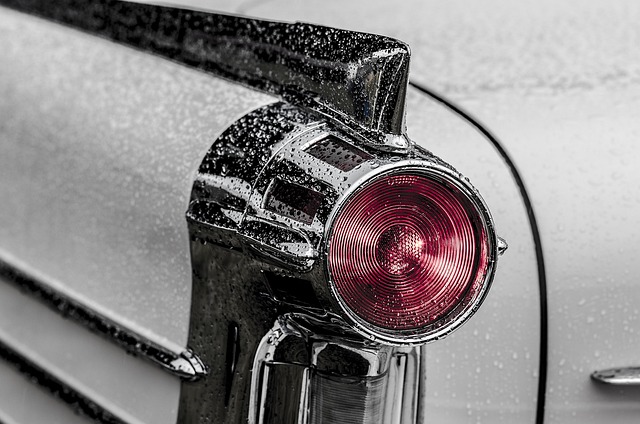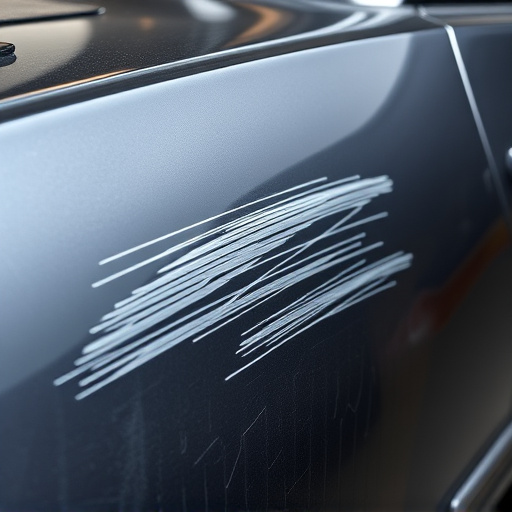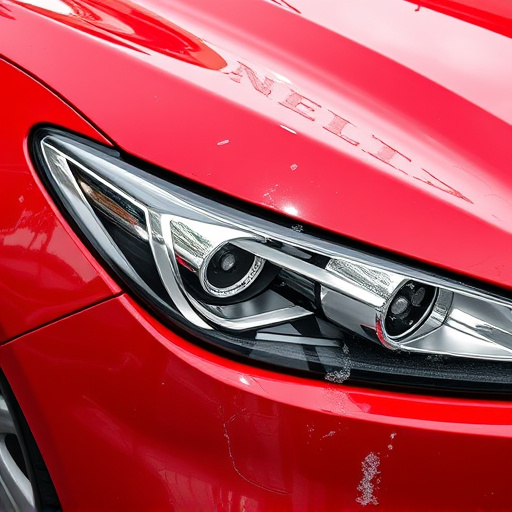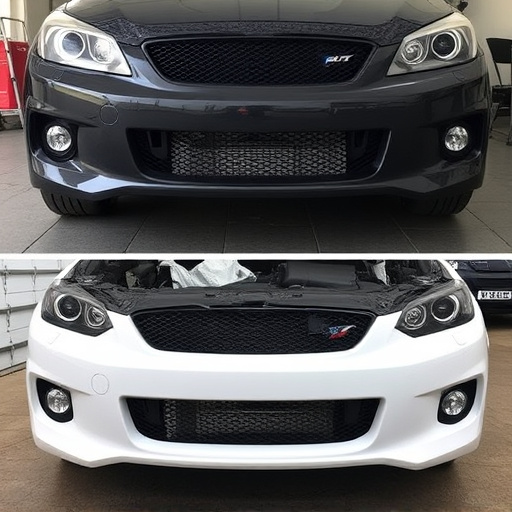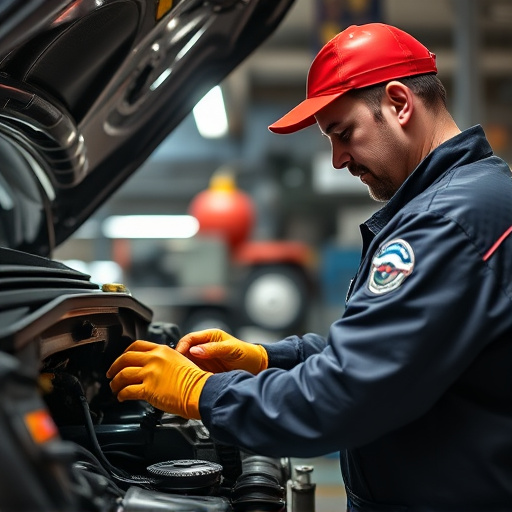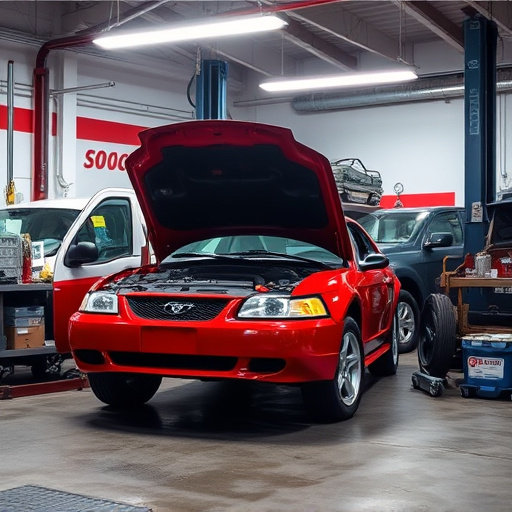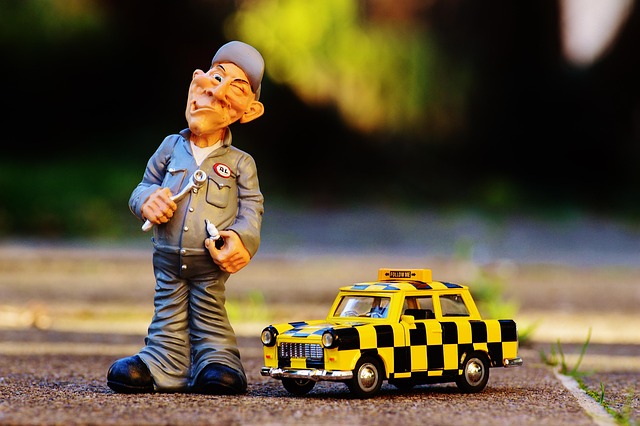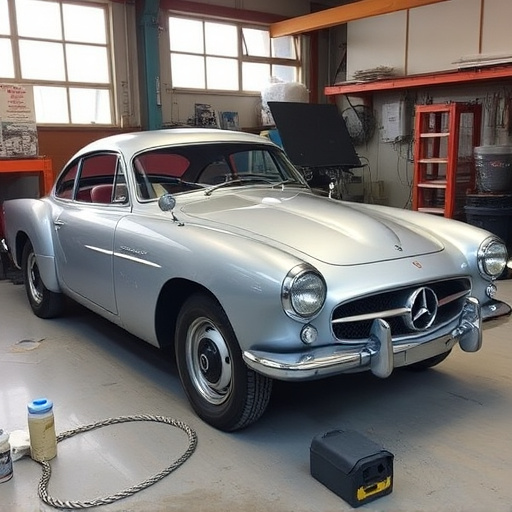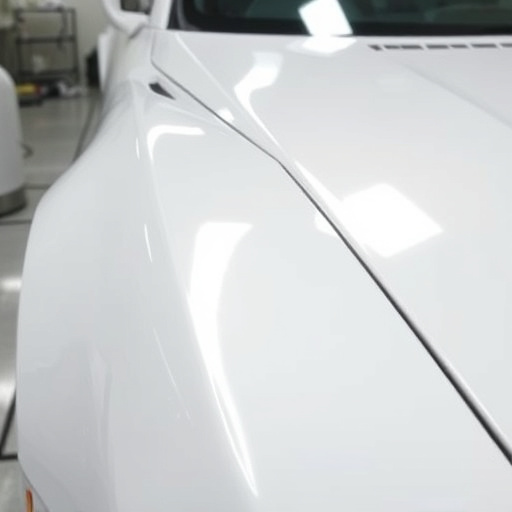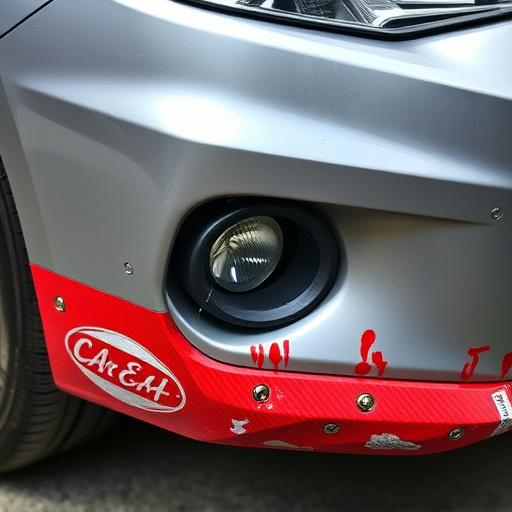Adhering to robust PDR quality standards is vital for auto body shops and collision repair centers, ensuring consistent, durable, and aesthetically pleasing vehicle repairs. These standards necessitate technical proficiency, material knowledge, meticulous detail, safety protocols, and excellent customer service from technicians. Maintaining them involves continuous learning through workshops, staying updated on regional standards, and implementing best practices like thorough job record-keeping and using personal protective equipment (PPE). By upholding these PDR quality standards, shops foster client trust, enhance satisfaction, and maintain their reputation as reliable providers of top-notch collision repair services.
Every PDR technician aims for excellence, but achieving consistent results requires a solid grasp of PDR quality standards. This article delves into the foundational elements that underpin exceptional PDR work. We explore key components and their role in delivering uniform outcomes, providing practical tips to help technicians stay compliant and maintain the highest standards. By understanding and adhering to these guidelines, PDR technicians can ensure their work reflects industry best practices and customer satisfaction.
- Understanding PDR Quality Standards: The Foundation of Excellence
- Key Components and Their Role in Consistent Results
- Maintaining Compliance: Practical Tips for Technicians
Understanding PDR Quality Standards: The Foundation of Excellence

PDR quality standards serve as the bedrock upon which every skilled PDR technician builds their expertise. These standards aren’t mere suggestions; they are essential guidelines designed to ensure consistency, durability, and aesthetic appeal in vehicle repairs, particularly focusing on dent removal and paint restoration. By adhering to these benchmarks, technicians can elevate their craft, enhancing the final results in every vehicle body shop and collision repair center.
Understanding and mastering PDR quality standards requires a deep dive into technical proficiency, material knowledge, and an eye for detail. From meticulous preparation of surfaces to precise application of paint, each step must align with industry-recognized practices. This commitment to excellence not only safeguards the integrity of repairs but also ensures customer satisfaction in every auto body painting endeavor.
Key Components and Their Role in Consistent Results

Achieving consistent results in PDR (Paintless Dent Repair) requires a steadfast commitment to quality standards. Key components such as proper training, standardized procedures, and adherence to industry best practices form the backbone of reliable and repeatable outcomes. Technicians must be adept at using advanced tools and techniques while maintaining meticulous attention to detail, ensuring every dent removal process aligns with established PDR quality standards.
These standards encompass not just the technical aspects but also safety protocols and customer service expectations. In a professional car body shop offering collision repair services, adhering to these guidelines is paramount for fostering client trust. Even in the event of auto glass repair, maintaining high PDR quality standards contributes to the overall satisfaction and safety of customers, solidifying the reputation of the shop as a reliable provider of top-notch collision repair services.
Maintaining Compliance: Practical Tips for Technicians
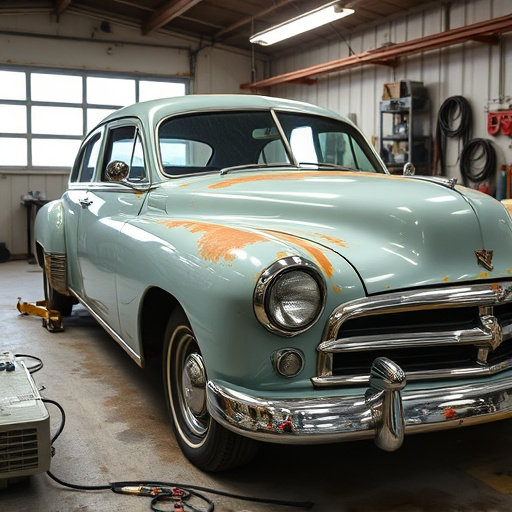
Maintaining compliance with PDR quality standards is non-negotiable for any seasoned PDR technician. It’s a cornerstone of their craft and ensures that repairs are not only effective but also meet industry benchmarks. To stay ahead, technicians should invest time in understanding the latest standards applicable to their region and collision repair shop. Regularly reviewing guidelines provided by professional organizations and attending workshops or training sessions on PDR techniques will keep skills sharp and knowledge current.
Practical tips include keeping meticulous records of each repair job, documenting every step taken and materials used. This not only aids in tracking progress but also serves as a reference for future projects. Additionally, maintaining a clean, organized workspace that adheres to safety protocols is vital. Using the right tools, wearing appropriate personal protective equipment (PPE), and following proper disposal procedures for hazardous materials are essential aspects of ensuring compliance. Moreover, staying updated on advancements in car paint services and auto body painting techniques will empower technicians to implement innovative solutions while adhering to quality standards.
PDR quality standards are non-negotiable for any technician seeking excellence. By understanding these standards, mastering key components, and adhering to compliance tips outlined in this article, PDR technicians can ensure consistent, high-quality results that meet industry benchmarks. Embracing these practices is essential for fostering professionalism and delivering exceptional services.
